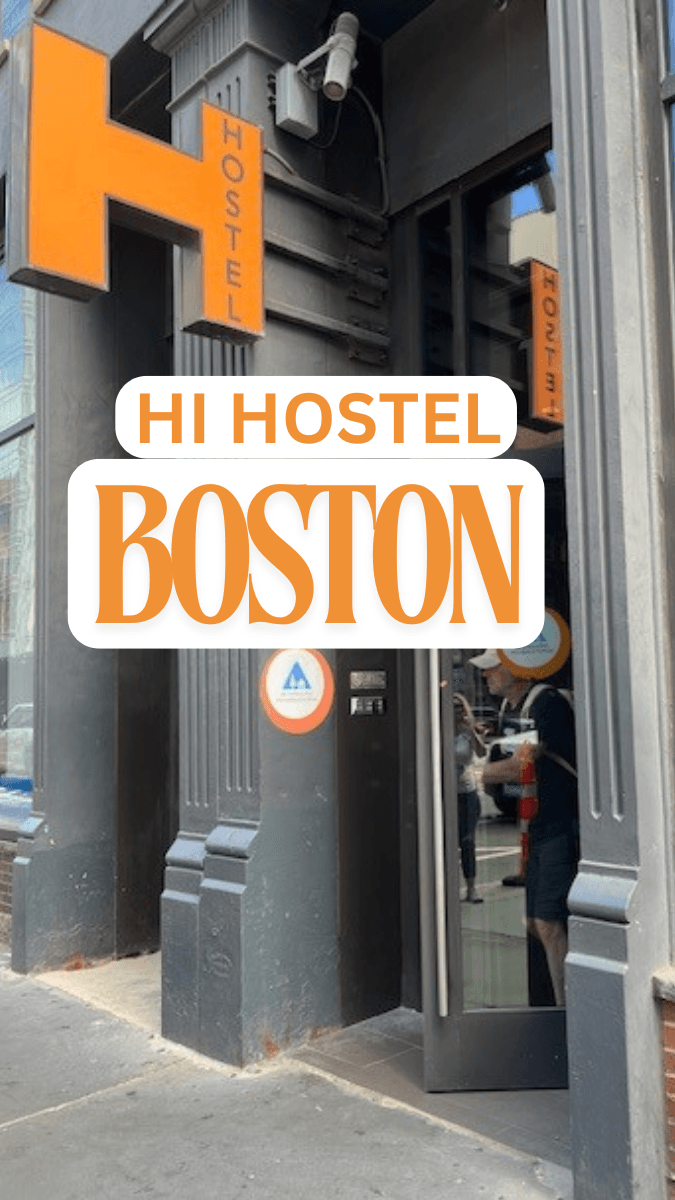Why Record Numbers of New Yorkers Are Snowbirding to Florida in 2025 (And Some Aren’t Coming Back)
Snowbirding The snowbird migration from New York to Florida isn’t new. For decades, wealthy New Yorkers have escaped brutal winters by heading south for a few months of sunshine and warmth. But something different is happening this year—and it’s not just about the weather anymore. Real estate agents in…
Snowbirding
The snowbird migration from New York to Florida isn’t new. For decades, wealthy New Yorkers have escaped brutal winters by heading south for a few months of sunshine and warmth. But something different is happening this year—and it’s not just about the weather anymore.
Real estate agents in South Florida are reporting a surge unlike anything they’ve seen since the pandemic. One Miami developer closed over $100 million in signed contracts from New York buyers in just a few months—double last year’s volume. Inquiries about Florida properties spiked 50 percent after New York City’s mayoral primary in June, and they’re climbing again as the November election approaches.
This isn’t your grandparents’ snowbird season. These aren’t just retirees looking for a seasonal escape. These are high-earning professionals, families, and business owners making permanent moves—or at least seriously considering them. And the reasons go far beyond escaping cold weather.
The Tax Situation Finally Reached a Breaking Point
Let’s start with the obvious: money.
New York State income tax can reach 8.82 percent. Add New York City’s tax on top of that, and high earners are paying over 12 percent in combined state and city income taxes. Florida has zero state income tax. Zero.
For someone earning $500,000 a year, that’s potentially $60,000 in annual savings just from the state income tax difference. For someone earning a million or more, the savings become life-changing amounts of money. We’re talking about enough to buy a second home, fund retirement accounts, or cover children’s college tuition—money that would otherwise go straight to state tax coffers.
Between 2018 and 2022, more than 30,000 New Yorkers relocated to South Florida, bringing $9.2 billion in income with them. That’s not a typo. Nearly $10 billion left New York for Florida in just four years, and that data only covers South Florida—it doesn’t include the Gulf Coast, Jacksonville, Orlando, or other Florida destinations.
Property taxes tell a similar story. While Florida’s property taxes aren’t exactly cheap, they’re generally lower than New York’s, especially in and around New York City. Florida also offers homestead exemptions of up to $50,000 for primary residents, providing additional tax relief that New York doesn’t match.
The cost of living comparison gets even more dramatic when you look at everyday expenses. Yes, Florida’s costs have risen—median home prices hit $410,000 statewide and some areas like Fort Lauderdale run 22% above the national average. But that’s still cheaper than comparable New York properties, and you get year-round outdoor living in return.
Related: Retire in Thailand – Thai Visa Options
The Remote Work Revolution Made It Possible
Even ten years ago, most of these moves wouldn’t have been feasible. You lived where your job was located. Period.
The pandemic changed that calculation permanently. Companies that swore they’d never allow remote work suddenly had entire workforces operating from home. And many of those arrangements stuck.
For someone who can work remotely, the question becomes: why pay New York taxes and New York rent to sit at a desk in a New York apartment when you could sit at a desk in a Florida house with a pool, paying no state income tax?
The answer for an increasing number of people is: there’s no good reason.
Florida’s economy isn’t just tourism anymore either. Tech companies, finance firms, and major corporations have opened offices or relocated entirely to Florida. Elliott Management moved to West Palm Beach. Ken Griffin moved Citadel to Miami. Carl Icahn relocated to Florida. When billionaires and the companies they run make these moves, they bring jobs—and more importantly, they signal to other professionals that Florida is a viable place to build a career, not just retire.
This creates a self-reinforcing cycle. More companies move to Florida. More job opportunities open up. More professionals can justify the move even without remote work arrangements. The economy diversifies beyond tourism and retirees, making Florida attractive to younger, high-earning workers who previously would have stayed in major metros like New York.
The Lifestyle Upgrade Is Real
Here’s what nobody mentions in discussions about taxes and politics: Florida genuinely offers a better day-to-day lifestyle for a lot of people.
You can play golf year-round. You can go to the beach in February. Your kids can play outside in January without bundling up in three layers. You can eat dinner on your patio instead of looking out at snow. You don’t need a winter wardrobe, snow tires, or a garage to protect your car from ice.
The psychological impact of year-round sunshine is significant. Seasonal depression is real, and spending half the year in gray, cold weather affects people’s mental health and quality of life more than they often realize until they experience the alternative.
Florida’s average winter highs in places like Boca Raton sit comfortably in the mid-70s. Meanwhile, New York is dealing with temperatures in the 30s and 40s, wind chill, and the occasional snowstorm that shuts down the city. Even if you love winter activities, there’s something appealing about choosing to visit cold weather rather than enduring it for six months straight.
The social aspect matters too. Florida has developed robust communities specifically designed for seasonal residents and transplants. Developments like the Polo Club cater to snowbirds with activities, clubs, and amenities that make the transition seamless. Over time, people build friendships and social networks that rival or exceed what they left behind in New York.
But Florida Isn’t the Paradise People Imagine
The reality check comes when the Instagram-worthy beach photos fade and you’re dealing with Florida’s actual challenges.
The cost of living in Florida has exploded. Housing prices jumped over 50% during the pandemic. While they’ve leveled off, they remain well above pre-2020 levels. Fort Lauderdale is now 22 to 23% more expensive than the national average, with housing costs 25 to 40 percent higher than most U.S. cities.
Florida now ranks 49th out of 50 states for affordability according to WalletHub. A SmartAsset study found that a single adult needs to earn $97,000 annually just to live comfortably in Florida. That’s not luxury living—that’s comfortable.
Property insurance is a nightmare. Hurricane risk means premiums have skyrocketed. Some areas can barely get coverage at all. Between insurance costs, HOA fees, and property taxes that keep rising despite promises of relief, the actual cost of homeownership in Florida shocks people who only calculated their mortgage payment.
The infrastructure is struggling. Miami has become the new Los Angeles in terms of traffic and congestion. South Florida’s roads weren’t designed for this population density. Construction is everywhere—which is good for long-term capacity but miserable for current residents trying to get anywhere. Public services are strained. Schools in high-growth areas are overcrowded.
Summer is genuinely brutal. Yes, snowbirds can leave before the intense heat arrives, and many do. But if you’re moving permanently, you’re committing to Florida summers—90-degree days with suffocating humidity, afternoon thunderstorms, and hurricane season anxiety from June through November.
And then there’s the social friction. Long-time Floridians are getting tired of the influx. The stereotype of rude New Yorkers cutting in line, honking aggressively, and generally not understanding Southern manners creates genuine tension in communities. One Palm Beach parent summed up the sentiment: “The best thing about New Yorkers used to be that they arrived at Thanksgiving and left after Easter. Now they stay all year long.”
Some New Yorkers Are Already Regretting the Move
Miami is the number two destination for New Yorkers looking to relocate. But it’s also the number one metro area with residents looking to move to New York.
“Once some people move to Miami, they realize that the grass might not always be greener,” one economist noted. The culture shock works both ways.
New Yorkers miss the cultural amenities—world-class museums, Broadway, the restaurant scene, the diversity of entertainment options. Florida has culture, but it’s not New York culture. People who thrive on urban density, walkability, and that specific New York energy often find Florida’s car-dependent sprawl stifling.
The political environment can be jarring too, depending on your views. New York and Florida represent opposite ends of many policy spectrums. People who loved New York’s political culture sometimes struggle with Florida’s, and vice versa.
The seasonal departure of snowbirds creates ghost-town effects in some communities. Restaurants and shops cater to seasonal residents, then struggle in summer when half their customer base returns north. It’s the opposite of what New Yorkers are used to, where the city pulses year-round.
And despite the no-income-tax benefits, the total tax picture isn’t as simple as it initially appears. Florida makes up for no income tax with higher sales taxes, higher property insurance costs, and various fees that nibble away at savings. For middle-income families, the net benefit might not be as dramatic as the headlines suggest.
The Broader Migration Trend
This isn’t just a New York to Florida story. It’s part of a larger migration pattern from high-tax, high-cost Northeastern and West Coast states to lower-tax, lower-cost Sun Belt states.
Florida surpassed Texas as the fastest-growing state in the country, with New Yorkers as the main contributor. Nearly 1 million people moved to Florida in 2023 alone. Over 71,000 of them came from New York State—and that doesn’t count seasonal snowbirds who maintain dual residency.
West Palm Beach saw a 112 percent increase in millionaire growth over the past decade. Miami saw 94 percent growth. New York? Only 40 percent growth—and that’s growth, not raw numbers. New York is losing its wealthy residents while Florida is gaining them at an unprecedented rate.
This creates interesting economic dynamics. Florida’s economy is booming, but wages aren’t keeping up with cost increases. Long-time Florida residents who don’t have New York salaries or accumulated wealth are being priced out of the markets they’ve lived in for decades. The gentrification happens at a state level, not just neighborhood by neighborhood.
What This Means for Both States
For New York, losing high-income residents means losing tax revenue—which could lead to either service cuts or tax increases on remaining residents, potentially accelerating the exodus further. It’s a vicious cycle that’s hard to break.
The departure of major corporations compounds the problem. When Citadel or Elliott Management relocates, it’s not just the billionaire founder leaving. It’s the hundreds or thousands of employees and their families. It’s the supporting businesses—restaurants, dry cleaners, lawyers, accountants—that served those companies. The ripple effects are massive.
For Florida, the question is whether the infrastructure can handle this growth sustainably. Roads, schools, water systems, power grids—all designed for smaller populations. Playing catch-up while maintaining quality of life is incredibly difficult.
The environmental challenges loom large too. Rising sea levels, hurricane intensification, insurance crises—these are long-term threats that could eventually reverse the migration pattern. But so far, people keep coming despite those risks.
The Snowbird Season That Changed Everything
This year’s snowbird season feels different because it’s not just seasonal anymore. The traditional pattern—arrive in November, leave in April—is breaking down. More New Yorkers are staying permanently or extending their Florida time to 8, 9, 10 months per year.
The tipping point where someone stops being a snowbird and becomes a Florida resident with a summer home in New York is fuzzy. But tax authorities in both states pay close attention to where you spend your days, because your legal residency determines which state gets your tax money.
That calculation—which state can I claim as my primary residence—drives a lot of planning. People track their days meticulously. They establish paper trails proving Florida residency: driver’s licenses, voter registration, homestead exemptions, club memberships, doctor appointments. The goal is undeniable Florida residency to escape New York taxes entirely.
Some people are even buying property in Florida while continuing to rent in New York, establishing that Florida foothold while maintaining optionality. They’re hedging their bets—testing whether Florida actually works for them before fully committing to the move.
The Bottom Line Nobody Wants to Say Out Loud
The New York to Florida migration is about taxes. It’s about politics. It’s about weather and lifestyle. But it’s also about something more fundamental: voting with your feet.
When government policies, cost of living, or quality of life reach a certain threshold, people leave. They don’t protest or write letters or try to change things. They just leave. And when enough high-income, productive people leave, it fundamentally changes both the place they left and the place they moved to.
Florida’s appeal isn’t just what it offers—sunshine, low taxes, lifestyle. It’s also what it doesn’t have: the specific challenges that drove people away from New York. As long as that contrast remains stark, the migration will continue.
Will it last forever? Probably not. Economic and environmental factors will eventually reach equilibrium. Florida’s costs will keep rising. Climate challenges will become harder to ignore. New York might make changes that slow the exodus. Or political shifts could reverse current trajectories.
But right now, in late 2025, the trend is unmistakable. Record numbers of New Yorkers are heading south—and this time, many of them aren’t planning to come back.
For detailed data on migration patterns and income flows between states, see the Citizens Budget Commission’s analysis showing that more than 30,000 New Yorkers brought $9.2 billion to South Florida between 2018 and 2022.







